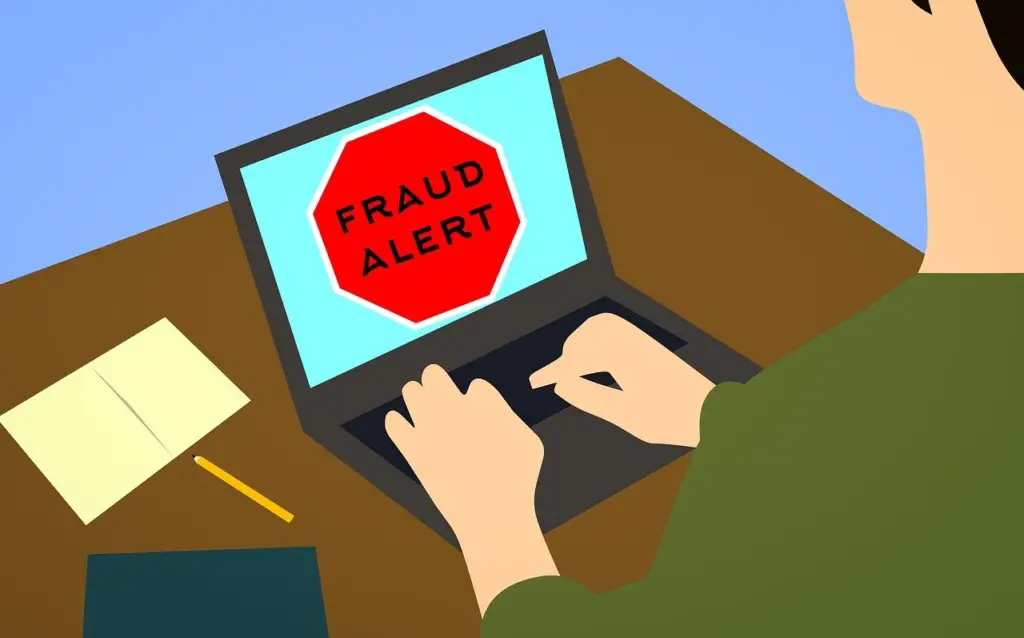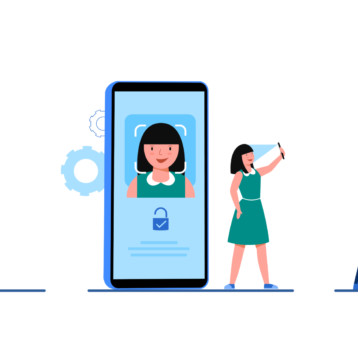
When it comes to the topic of fraud in the healthcare sector, there is no shortage of examples to demonstrate the scale of the issue. It’s estimated that healthcare fraud and abuse cases cost the industry billions of dollars every year. An astronomical figure, which is prevented from being funnelled back into the industry, where it can be spent on things such as research and development.
Whilst reducing this damage to zero is a feat which is unlikely to be achieved anytime soon, there are things healthcare organizations can do in order to protect themselves from these criminals and combat the issue of fraud head-on.
Use secure checks
Check fraud is a common scam which businesses fall victim to not just in the healthcare industry, but throughout industries countrywide. The reason why it’s so common is that it’s relatively easy to pull off. A check is first intercepted by a thief who will then convincingly alter the payee, the amount or both, before cashing it in. A fraud prevention process to combat this type of scam should feature one item above all else. Secure checks.
Secure checks are specially created to prevent such instances of payment fraud. These checks will have been created with features such as heat-sensitive icons, intricate holograms and security coatings which mean counterfeiting is nearly impossible.
Take Advantage of Patient Analytics
The use of technology can be extremely effective in tackling fraud. Often instances of fraud are plain to see in data which a healthcare organization has collected, but they are unable to make the connection and join the dots which reveal the issue.
For example, a patient might be a frequent visitor to a hospital or surgery but could be lost in the sea of patients seen daily, meaning their suspicious recurrence rate is not detected.
Using modern software, inputting this patient’s data would clearly reveal their patterns and frequency of visits, as well as relationships to specific doctors. Whilst it may all be above board; it allows staff to investigate and catch potential drug abusers, who are receiving prescriptions fraudulently.
Upgrade Your Online Security
The amount of cybercrime happening in the US increases every year. As these criminals become more sophisticated, the more opportunity they have to prey on websites which are poorly protected. Unfortunately, the modern US healthcare organization holds a treasure trove of information that a cybercriminal would find alluring.
Healthcare organizations have a massive responsibility to protect the confidential patient details and medical records which they store online. Therefore, ensuring that you have state of the art security and analytics as well as staff in place to operate this tech is a must.
This will not only make it harder for criminals to break in and steal this data but with the right data available, it can also help your technical team anticipate and spot potential data breaches from developing.









